Talladega College
Historical Note
Established by the American Missionary Association in 1869 primarily for freedmen, Talladega remained a primary and secondary school until its first college-level students graduated in 1895. In the twentieth century, Talladega developed into a liberal arts college concentrating, until recently, on teacher training and general collegiate courses for those preparing to enter post-graduate professional schools.
In 1853, a group of slaves constructed a Baptist high school for boys in Talladega. Later in 1865, freedmen established a small school, to which the Cleveland Freedmen's Aid Commission, later part of the AMA, sent a teacher, Mrs. C. M. Hopson. Two years later, the AMA, with the help of the Freedmen's Bureau, established a school at the former Baptist high school. The building became known as Swayne Hall.
Talladega College was chartered in 1869. Democrats took control of the state government two years later, withdrew support form the school, and compelled it to assume control of the Negro public school in Talladega. The next year, the Freedmen's Bureau withdrew. After an effort by Talladega College to establish Congregational churches in the area, the Alabama Congregational Church Conference was organized in 1876.
The Rev. Henry Swift DeForest became Talladega College's first president in 1880 and began planning collegiate courses. The first collegiate degree from Talladega was granted in 1895. After forty years of growth in physical plant and enrollment, the student body in 1910 reached an all-time high of 857.
In 1916, Rev. Frederick Azel Sumner became president and began improving the campus. James Tate Cater became dean in 1918, later assuming most of the academic duties, leaving Sumner to fund-raising and preaching. Joseph Fletcher became Superintendent of Construction and Plant.
During the 1920s, the College expanded facilities and the development of academic programs. In 1931, Talladega College became the second African American school to receive the "A" rating from the Southern Association of Colleges and Secondary Schools. Community extension activities began a year later. Rev. Buell G. Gallagher became president in 1934, implementing a more rigorous academic program. The interracial All-Alabama Religious Conference met for the first of many times at the College.
The College Council, an advisory committee of administration, faculty and students, was founded in 1936 to decide policy with trustee approval. The Second World War brought shortages of teachers and students. Gallagher resigned in 1943.
Rev. Adam Daniel Beittel became president in 1945. Beittel and James Tate Cater soon began feuding, and racial tension on the campus increased. In 1952, the trustees removed Beittel and Cater. Rev. Arthur D. Gray became the first black president.
The student senate formed in 1960, and the College held its first annual fine arts festival. The next year, students began engaging in civil rights activities. In 1963, the College began receiving federal funds, and Herman K. Long became the first layman to serve as president in1964.
Abstract:
American Missionary Association archives 1969 addendum
Found in 6 Collections and/or Records:
American Missionary Association archives addenda
Ophelia Taylor Pinkard papers
Charles Rush papers
Margaret Helen Scott papers
The Margarett Scott papers contain correspondence, newspaper clippings primarily containing aritlces about Scott, and other collected ephemera. The papers also contain photographic slides of Talledega, Alabama. Other materials include the story of early Richland County, Wisconsin, written by Scott and published weekly in "The Richland Observer" in 1975 and, an article on Lone Rock Congregational Church in the area.
